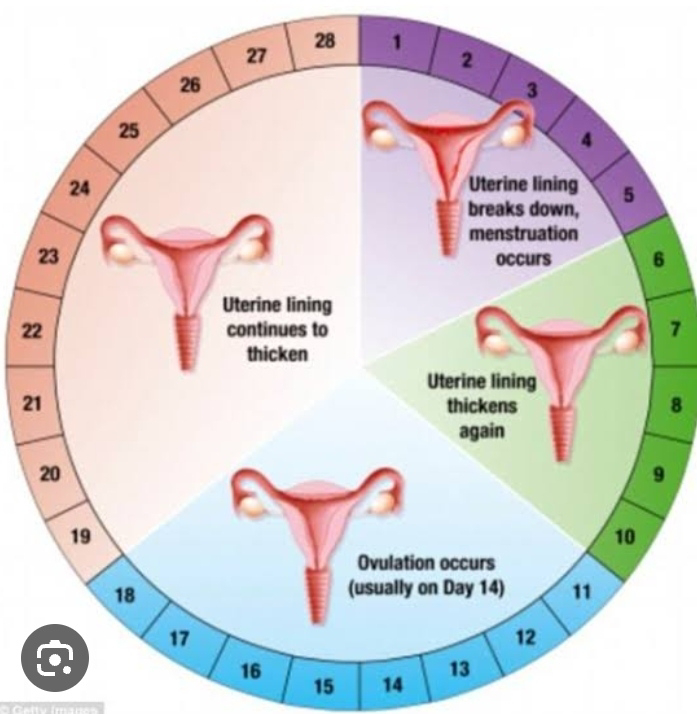The menstrual cycle is a complex biological process that occurs in the female reproductive system. It involves a series of hormonal changes and physiological events that prepare the body for potential pregnancy. The menstrual cycle typically lasts about 28 days, although variations in cycle length are normal. In this essay, we will explore the menstrual cycle in detail, including its phases, hormonal regulation, and associated physiological changes.
I. Introduction
The menstrual cycle is a recurring process that begins at puberty and continues until menopause. It is characterized by the shedding of the uterine lining, known as menstruation, which marks the start of a new cycle. The cycle is regulated by various hormones, including estrogen, progesterone, follicle-stimulating hormone (FSH), and luteinizing hormone (LH). These hormones interact to coordinate the growth and release of an egg from the ovary and prepare the uterus for possible implantation of a fertilized egg.
II. Phases of the Menstrual Cycle
The menstrual cycle is divided into four phases: the menstrual phase, the follicular phase, ovulation, and the luteal phase.
A. Menstrual Phase
The menstrual phase is the first phase of the cycle and is characterized by the shedding of the uterine lining. It typically lasts around 3 to 7 days, although this can vary. During this phase, levels of estrogen and progesterone are low, causing the blood vessels in the uterus to constrict, leading to the shedding of the endometrium.
B. Follicular Phase
The follicular phase follows the menstrual phase and is marked by the development of follicles in the ovaries. These follicles contain immature eggs. FSH, released by the pituitary gland, stimulates the growth and maturation of the follicles. As the follicles grow, they produce estrogen, which causes the lining of the uterus to thicken in preparation for implantation.
C. Ovulation
Ovulation is the release of a mature egg from the ovary. It occurs approximately midway through the menstrual cycle, around day 14 in a 28-day cycle. The surge in LH triggers ovulation. The released egg travels into the fallopian tube, where it can be fertilized by sperm.
D. Luteal Phase
The luteal phase begins after ovulation and lasts approximately 10 to 14 days. After ovulation, the ruptured follicle transforms into a structure called the corpus luteum, which produces progesterone. Progesterone prepares the uterus for implantation by further thickening the endometrium and increasing blood supply. If fertilization does not occur, the corpus luteum degenerates, hormone levels drop, and the menstrual phase begins again.
III. Hormonal Regulation of the Menstrual Cycle
The menstrual cycle is regulated by a delicate interplay of hormones, including estrogen, progesterone, FSH, and LH. These hormones are produced by different organs and act on various tissues to orchestrate the events of the cycle.
A. Hypothalamus-Pituitary-Gonadal Axis
The hypothalamus, located in the brain, releases gonadotropin-releasing hormone (GnRH), which stimulates the pituitary gland to secrete FSH and LH. FSH and LH, in turn, act on the ovaries to regulate follicle development, ovulation, and the production of estrogen and progesterone.
B. Estrogen
Estrogen is primarily produced by the developing follicles in the ovaries. It plays a crucial role in the menstrual cycle by stimulating the growth of the endometrium, promoting the development of secondary sexual characteristics, and regulating the secretion of other hormones. Estrogen levels







0 Comments